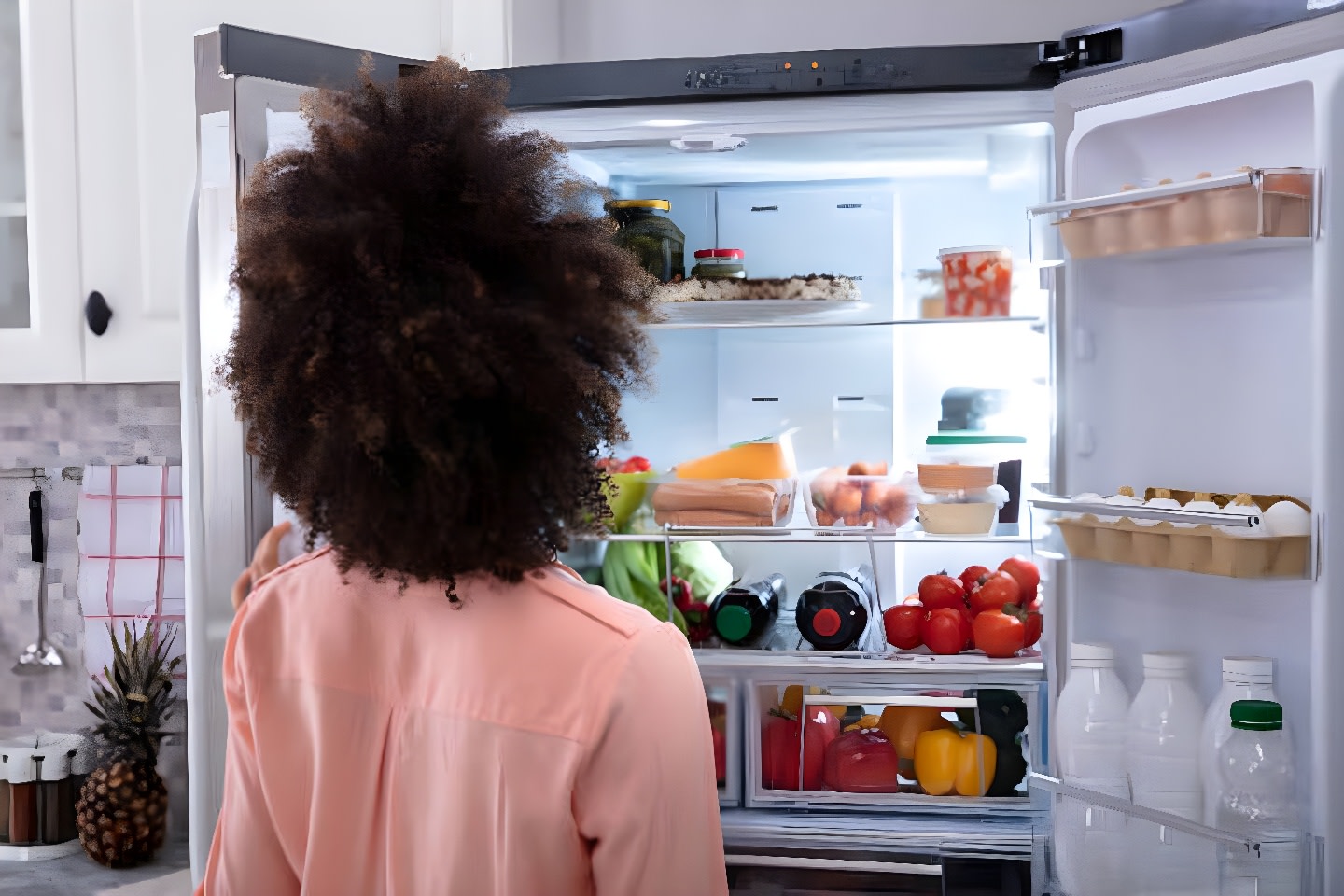
How to Automate Your Home Appliances That Use the Most Energy
In an age where convenience and energy efficiency are paramount, automating your home appliances that consume the most energy is a smart and eco-conscious choice. With the rapid advancement of smart home technology, it has never been easier to monitor, control, and reduce the energy consumption of these power-hungry devices. In this article, we will explore the benefits of automating energy-hungry appliances and provide practical steps to get started.
Understanding Energy-Hungry Appliances
Before delving into the automation process, it’s crucial to identify which home appliances in your household consume the most energy. These typically include:
- HVAC Systems: Heating, ventilation, and air conditioning systems are among the top energy consumers in a home.
- Water Heaters: Traditional water heaters can be energy-intensive, especially if not properly managed.
- Refrigerators and Freezers: These appliances run 24/7 and can be significant contributors to your energy bills.
- Washing Machines and Dryers: Frequent use of these appliances can add up to your energy consumption.
- Lighting: Incandescent bulbs and inefficient lighting setups can drain energy.
- Computers and Home Entertainment Systems: Modern homes often feature multiple electronic devices, which, when left running, consume considerable energy.
Benefits of Automating Energy-Hungry Appliances
Automating energy-hungry appliances brings various advantages:
- Energy Savings: By intelligently managing these devices, you can reduce your energy consumption and lower your utility bills.
- Convenience: Automation allows you to control and schedule appliances remotely, making your life more convenient and efficient.
- Environmental Impact: Reducing your energy consumption helps to lower your carbon footprint and lessen your impact on the environment.
- Extended Appliance Lifespan: Proper automation can help ensure your appliances operate more efficiently, potentially extending their lifespan.
Practical Steps to Automate Energy-Hungry Appliances
- Smart Thermostats: Install a smart thermostat for your HVAC system. These devices can learn your preferences and adjust the temperature to save energy when you’re not at home.
- Energy-Efficient Lighting: Replace incandescent bulbs with LED or CFL lights. You can also install smart lighting systems that can be controlled remotely.
- Smart Plugs: Use smart plugs to control power to devices like water heaters and home entertainment systems. Schedule them to turn off during off-peak hours or when not in use.
- Energy Monitors: Invest in energy monitors that track the energy consumption of your appliances. This data will help you identify where you can make improvements.
- Appliance-Specific Solutions: Some appliances come with built-in automation features. For instance, modern refrigerators often have energy-saving modes that can be enabled.
- Solar Panels and Energy Storage: Consider harnessing renewable energy sources like solar panels and storing excess energy in batteries for use during peak hours.
- Automation Hubs: Centralize your automation efforts through a smart home hub or ecosystem, such as Amazon Alexa, Google Home, or Apple HomeKit, for seamless control of various devices.
- Establish Schedules: Create energy-efficient schedules for your appliances, such as running your dishwasher or laundry machine during non-peak hours.
- Regular Maintenance: Keep your appliances in top condition by performing routine maintenance. Clean filters and coils on your HVAC system, for instance, to ensure efficient operation.
Conclusion
Automating your home appliances that use the most energy is a practical way to save on utility bills, reduce your environmental footprint, and enhance the convenience of your daily life. With the myriad of smart devices and technologies available today, it’s easier than ever to control and optimize the energy consumption of your household. By following the steps outlined in this article, you can take a significant step towards a more energy-efficient and eco-friendly home.







Comments - 2
Navigating Property Improvement Changes as a Landlord - Blavior
[…] living is on the rise, and tenants are increasingly interested in properties that are energy-efficient and environmentally friendly. Landlords should consider making improvements such as installing […]
7 Must-Do Fridge Maintenance Tasks for a Lower Electric Bill - Blavior
[…] impact your electric bill. By performing regular fridge maintenance tasks, you can ensure that your appliance runs at peak efficiency, keeping your energy costs in check. In this article, we’ll discuss seven must-do fridge […]